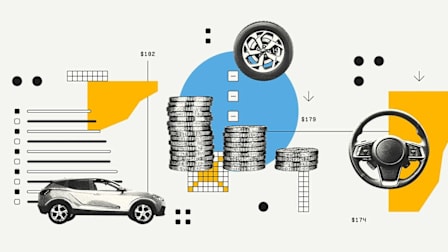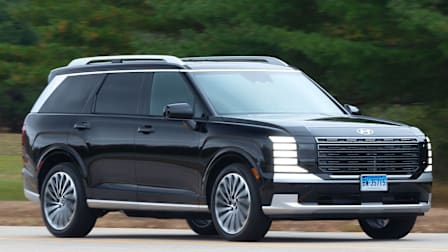The growing size and popularity of pickups—and the risk they pose to other drivers—makes it even more important that they are equipped with AEB, according to Jessica Cicchino, study author and vice president of research at IIHS.
“Pickups account for 1 out of 5 passenger vehicles on U.S. roads, and their large size can make them dangerous to people in smaller vehicles or on foot,” she said in a written statement. “Nevertheless, manufacturers have been slow to equip them with AEB and other crash avoidance systems.”
Indeed, when a truck and car collide, the car’s driver is 1.59 times more likely to die than in two-vehicle crashes without a pickup involved, according to the IIHS. Pickups are also more likely to be traveling at a higher speed during a rear-end collision, and they are more likely than cars to kill pedestrians in a crash. CR has found that full-sized pickup trucks—which are the most popular models on the market—can have a front blind zone 11 feet longer than a car, and 7 feet longer than an SUV.
“With those concerns, it makes sense that AEB—and its ability to foresee and react to a crash more proactively—could prove more beneficial to pickups,” says Jennifer Stockburger, director of operations at CR’s auto test center.
CR testing has also found that bigger vehicles in general—including pickups—have a harder time avoiding crashes due to their weight and size. “Consumer Reports’ test data often shows that the higher weight, worse handling, and longer braking distances that can be associated with larger vehicles such as pickups can make them more difficult to bring to a stop or avoid dangers ahead,” Stockburger says.
The number of new trucks with AEB increased in 2022, just in time for automakers to meet a voluntary commitment to equip nearly all new passenger vehicles with AEB by the production year beginning Sept. 1, 2022. Progress is expected to continue, with upcoming redesigns and new models. However, this agreement does not cover many heavy-duty pickup trucks until 2025. These vehicles are even bigger and heavier than standard duty pickups.
“Automatic emergency braking saves lives, and the technology is getting better every year,” says William Wallace, CR’s associate director of safety policy. “AEB should come standard on every new vehicle, just like seat belts and airbags come standard. There’s no good reason why drivers of pickup trucks—and everyone who shares the road with them—should lack this essential protection.”
For the 2023 model year, 88 percent of new vehicles we have data on so far come with automatic emergency braking with pedestrian detection standard. That’s up 38 percent from 2019, and the rise coincides with CR’s decision to give bonus points to cars that make AEB with pedestrian detection standard and require the feature before a vehicle can be considered for Top Pick designation.





















